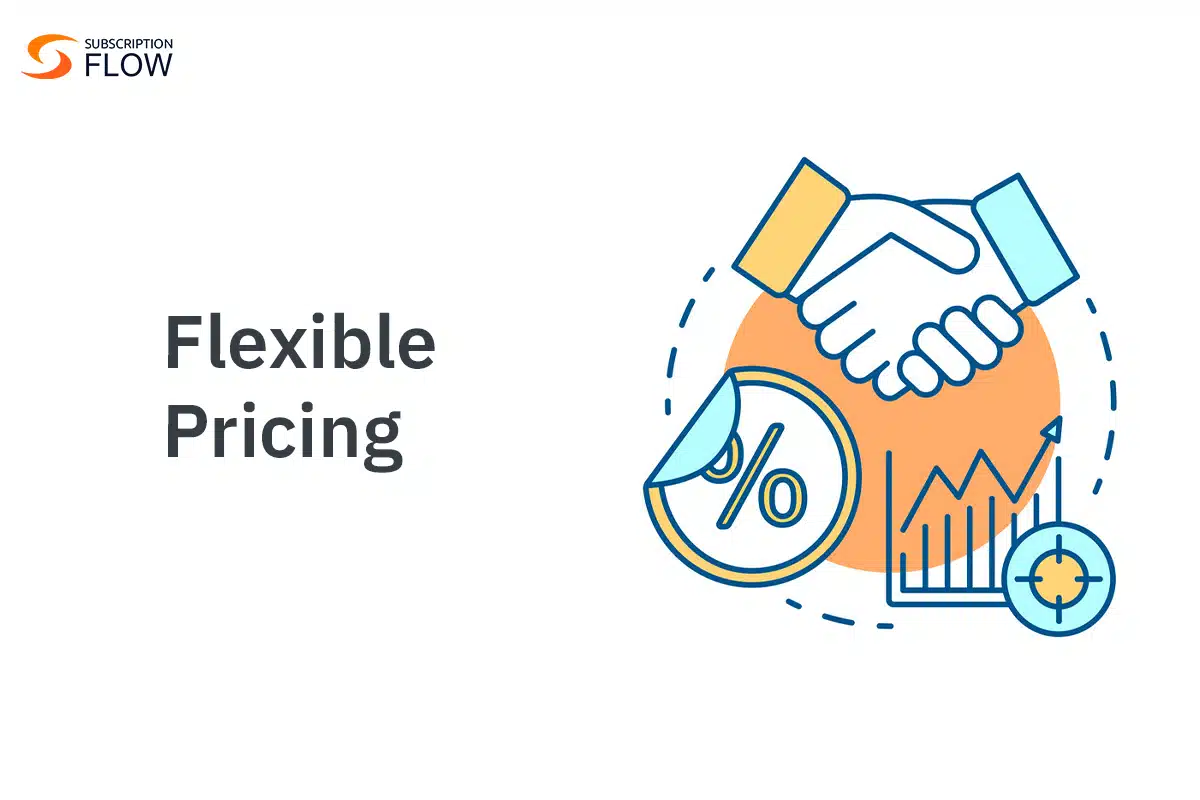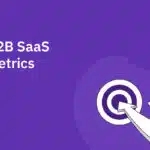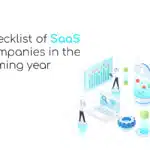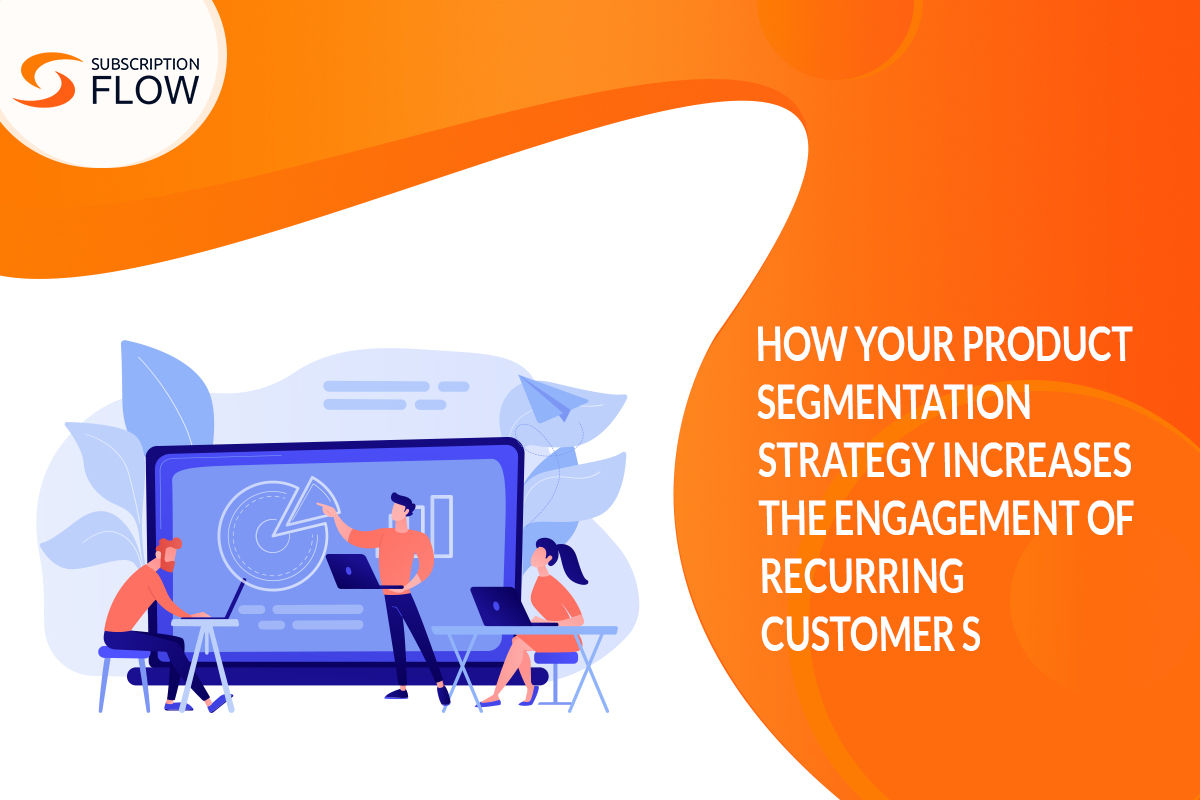
Embracing Flexible Pricing Models to Unlock SaaS Success
Consider the potential for growth if you make your pricing model a consistent priority for your company. Most SaaS companies, on the other hand, treat pricing as an afterthought, setting it and then forgetting about it, rather than viewing SaaS flexible pricing strategies as ongoing processes critical to their success. Unfortunately, having a fixed monthly price that does not reflect the true value of the product or the customers’ willingness to pay is a common practice.
This is where flexible pricing enters the picture. Pricing flexibility is critical for SaaS businesses because it enables the provider to adjust the price based on the value delivered to the customer, market conditions, and the customer’s willingness to pay. Having a flexible pricing strategy allows SaaS providers to cater to different customer segments and needs by offering different pricing models such as subscription, usage-based, freemium, or hybrid.
In this blog, keeping all this context in mind, we will go over some popular pricing models that will allow you to incorporate flexible pricing into your business model with the help of a flexible pricing strategy. At the end, we will also delve deeper into how SubscriptionFlow can assist you in implementing pricing flexibility for the success of your SaaS business.
Read more: SaaS Pricing Trends to Boost Sales & Revenue in 2024
Why do you need flexible pricing?
SaaS businesses must constantly optimize their pricing models and strategies to reflect not only market changes, but also product updates and customer expectations. This could range from providing discounts to, more importantly, having flexible pricing. The following is a list of reasons that can also be read as a list of incentives for SaaS businesses to implement a flexible pricing strategy:
- Tailoring your pricing strategy as per larger trends in the market: SaaS businesses operate in a highly volatile environment, with technology, customer behavior, and the marketplace constantly changing. Technology and the rising tide of automation, for example, have a significant impact on market dynamics. While being agile and responsive to new SaaS trends is critical, your pricing strategy must be flexible enough to respond to these advances.
- Maintain your competitive advantage in relation to other SaaS businesses: Pricing is an effective tool for achieving your company’s competition-related goals, one of which is to gain a competitive advantage. The competitive pricing strategy, when optimized at the most appealing price-to-value ratio, will help you gain more customers and even win some over from your competitors. Pricing can also be used to keep new players out of the market as they become unprofitable by keeping their prices as low as possible. While this strategy may result in lower profits or even a loss, it may help limit competition and maximize customer acquisition and retention.
- Offer volume discount: Always optimize for volume when building a flywheel. If your customers are more satisfied, they are also more likely to tell others about your products, and thus you will gain more customers this way. Having more people use your products always beats maximizing revenue from those customers in the early days.
Even today, with ever-changing markets and competitors, we remain committed to ensuring that the value our products provide exceeds the prices we charge by orders of magnitude. Continuing to price for high volume is a key reason why our new customer numbers have increased year after year since we opened our doors.
Some Popular Pricing Models: A List
The endless ways in which SaaS businesses can charge for their online services are referred to as SaaS pricing models. Each model has its own logic and is appropriate for various types of services and customer needs. Offering variations on these pricing models is a strategy that can be used by you to offer your customers a way of paying for your service or product that they will find sustainable and thus would want to continue in the long run. That said, here is a list of some of the most common pricing models:
- Model based on usage: The cost of the service is determined by how much the customer uses it in the usage-based model. Consider it similar to a pay-as-you-go mobile phone plan. It is especially attractive to customers who value a pay-for-what-you-use model. This kind of a pricing model is also known to broaden a company’s total clientele, although that is somewhat debatable in certain contexts.
- Model with a fixed rate: The reason why the flat-rate pricing model is so unique is because it is arguably the simplest of all the pricing models. In this model you simply pay a fixed amount, regardless of how much you use the product or how regularly you use it. This type of a model is not that common for obvious reasons, but it can be quite an asset for those companies who are dealing with relatively wealthy clients who value simplicity over all else.
- Subscription Model: Subscription models are popular because they are predictable for both the business and the end consumer that they are existing to be in service of. Customers pay a fixed fee on a pre-agreed cycle of time that is usually monthly or annually for access to your business’s software or services. Since customers already know what they will pay, businesses can count on consistent revenue as customers in this business model are less likely to churn away since consistency is the name of the game.
Read more: Unlocking Value: SaaS Price Comparison for Smart Buyers
How can flexible pricing be of help to SaaS companies selling to B2B enterprises and SMEs?
Such a pricing strategy can be of tremendous help to B2B enterprises and SMEs in that it can help them distinguish themselves and their brand from competitors. When competing in a landscape that is already close to being saturated, flexible pricing can be a gateway for you enter that market.
Secondly, you can even retain more customers and allow them to pay as much as they can afford to with tiered pricing. Doing this will ensure that they stick around till however long they can afford to. And in the case that the customers get wealthier and will be able to pay more, you will also be able to charge them extra for added services in a tiered model.
How can SubscriptionFlow assist you in implementing pricing flexibility for the success of your SaaS business?
SubscriptionFlow is a robust subscription-management software that can be leveraged to implement a flexible pricing strategy for your business’s success. You can automate invoices, set up recurring billing, track subscriptions, and analyze revenue. Custom pricing models, such as pay-per-use, tiered, or hybrid, can also be created and adjusted as needed. SubscriptionFlow assists you in optimizing your pricing strategy and expanding your SaaS business.
Book a demo with SubscriptionFlow now to implement a dynamic and flexible pricing strategy for the success of your SaaS business!










